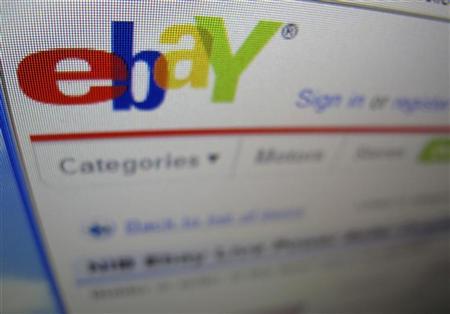(Reuters) – Every few seconds, thousands of online shoppers do something they would probably never do in real life – they walk away from their shopping carts. Maybe the boss ambles by, or the price of shipping sends them packing to a bricks-and-mortar alternative.

Retailers are trying to combat such massive lost opportunity with emails – offering targeted marketing messages reminding customers that they left merchandise unpurchased. Some send one email, some send multiple. Some wait a few days, some send a note immediately. Some offer discount codes to lure shoppers back to their carts. And therein lies an opportunity for wafflers.
“Consumers are definitely wising up to the fact that retailers are doing this,” says Carrie Gouldin, Web community manager at Thinkgeek.com.
She set up a system at her company, which sells geek chic merchandise such as the iCade (an iPad arcade cabinet), to send out one email reminder to customers who have opted in to email communications. The current offer is $10 off $50.
In the online retail space, abandonment rates of shopping carts hover around 65 percent, according to an analysis by Baymard Institute of 14 recent studies. While that seems like a really huge number, it’s a smaller figure that’s more startling – a recent study by Listrak shows that only 14.6 percent of the top 1,000 retailers are doing anything about customer flight.
Presumably, shoppers could abandon their carts intentionally, hoping for a discount email to follow shortly. The question Gouldin and her colleagues ask is: “Do we want to train customer to have this behavior or not?”
Thinkgeek’s answer is decidedly yes.
Gouldin says that double the people open their abandoned cart emails than their regular newsletters and Thinkgeek get 10 times the revenue per customer.
“And the trade-off of offering a discount is worth it to us,” Gouldin says.
Email marketer Listrak, which did the study on the top 1,000 retailers’ responses to cart abandonment, says that other retailers who have tried campaigns also have had positive results. Listrak expects the number of retailers who follow up with consumers to grow exponentially, starting with the top retailers and then moving down the chain (see link.reuters.com/hux58s).
“The top retailers are all doing it,” says Megan Ouellet, director of marketing for Listrak, citing retailers such as Land’s End, Best Buy, Home Depot and Zappos.
“It’s the mid-market retailers that aren’t as progressive. Sometimes it’s a resource issue.”
There is no service yet tracking discounts for abandoned carts. The closest thing is an online gallery that Listrak put together of 20 top campaigns, but since offers change so often, it’s not reliable for consumers.
Trial and error might work, however. Shopping expert Julia Scott, who runs the blog Bargainbabe.com, has had email pop into her in-box after she has abandoned carts, but not many discounts.
“I know a lot of retailers don’t do this,” Scott says. “They will email me and say hey, you left some stuff in your cart, but they don’t offer anything, which is a lost opportunity. Even a small coupon or free shipping would tip me over the edge.”
The staff at dealnews.com, which aggregates shopping offers, see an increasing number of offers appearing in their in-boxes. Since the team tests 300 or so offers daily – all the way to the last stage of purchase – they abandon carts all day long.
“I’ve noticed recently that more stores have begun emailing me about an abandoned’ shopping cart, although usually to just ask if I had “trouble checking out,” says dealnews features director Lindsay Sakraida. “The more clever retailers will offer enticement in their email, to make you reconsider the purchase.”
Lest consumers try to game the system too much, some companies have built-in restrictions. Thinkgeek, for example, generates a unique code for each email that can only be used once. Other companies, says Listrak, track consumers who have received discounts before and do not send them any more offers. And others simply change their offers so often that it’s impossible for the consumer to predict what they’ll get.
Despite the risk of proliferating coupon codes, expect more retailers to jump into the fray simply because it works. For browsers looking at clothing and other impulse items, Sakraida thinks a discount could make all the difference.
“An email that reminds you and sweetens the deal with an additional discount could likely be enough to convince on-the-fence shoppers to pull the trigger on a purchase,” she adds.
(Follow us @ReutersMoney or here; Editing by Andre Grenon)





